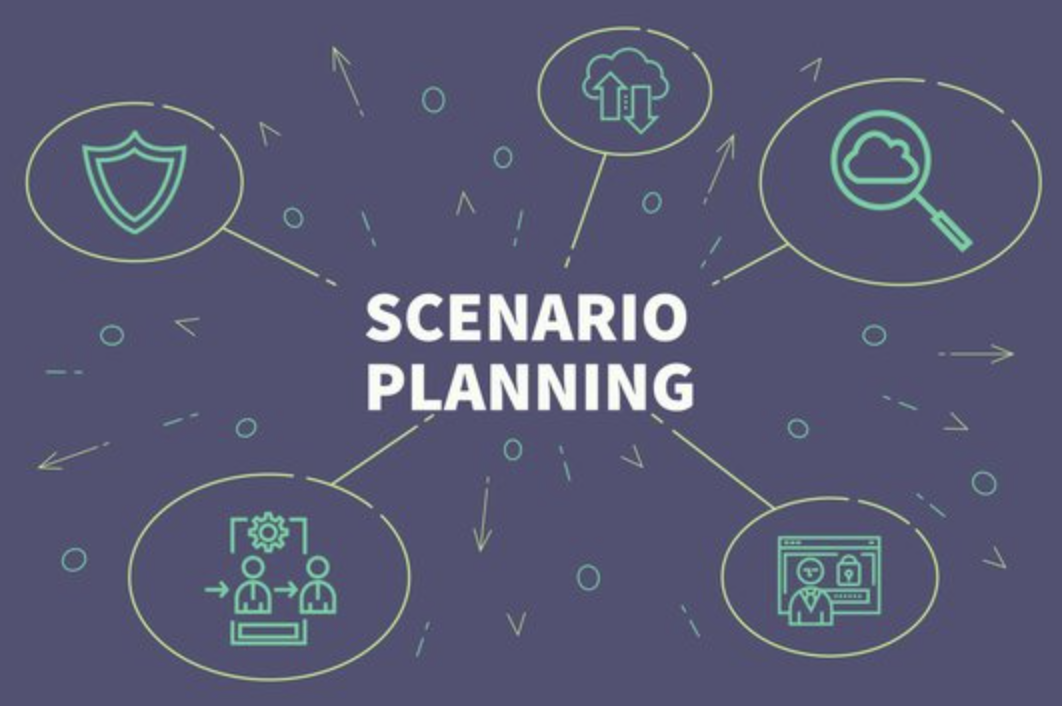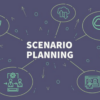In today’s rapidly evolving business environment, scenario planning stands out as a vital strategic tool for anticipating future conditions and preparing CFOs and finance teams to handle them effectively. This strategic approach goes beyond traditional forecasting by simulating a variety of potential futures and their impacts on business operations, thus enabling companies to forge strategies that are both robust and flexible.
Key Principles of Scenario Planning
Comprehensive Analysis of Potential Futures
Scenario planning involves creating detailed narratives that explore possible future events by considering factors like market shifts, technological progress, regulatory changes, and evolving consumer behaviors. This broad perspective helps businesses identify potential challenges and opportunities, allowing them to craft adaptive strategies.
Encouraging Strategic Thinking
This method fosters a proactive mindset within an organization, urging leaders to think long-term and beyond the immediate implications of their decisions. It cultivates a culture that values strategic foresight, aiding businesses in navigating through complex and uncertain environments with greater confidence and resilience.
Diverse Techniques in Scenario Planning
Intuitive Logic
One popular method involves using expert judgment to shape scenarios. This intuitive approach draws on the insights and experiences of internal stakeholders, allowing for a creative and flexible exploration of future possibilities.
Quantitative Analysis
Alternatively, some businesses employ quantitative techniques that use data and statistical models to construct scenarios. This structured approach provides a more empirical basis for scenario planning, offering precise and measurable insights that inform strategic decisions.
Stakeholder Engagement
Another effective strategy involves participatory methods where various stakeholders, including employees, customers, and experts, collaborate in developing scenarios. This inclusive approach ensures a richer diversity of perspectives, enhancing the depth and breadth of the scenario planning process.
Regardless of the chosen technique, it is crucial to identify and examine the key uncertainties and assumptions that could influence future outcomes. This involves pinpointing the critical uncertainties likely to impact the business significantly and assessing their potential implications.
The Strategic Value of Scenario Planning
In an era marked by rapid change, scenario planning is increasingly essential. It equips businesses to proactively identify risks and opportunities, evaluate the ramifications of different strategic choices, and adapt their strategies accordingly. By envisioning multiple potential futures, companies can shift from reactive postures to proactive stances, staying ahead of industry curves and effectively mitigating risks.
Additionally, scenario planning enhances organizational agility. It prepares businesses to respond swiftly to disruptive events and external shifts, thereby maintaining strategic flexibility and operational continuity. Moreover, it encourages ongoing innovation and learning, pushing companies to challenge prevailing assumptions, test alternative strategies, and learn from each iteration.
Implementing Scenario Planning: A Five-Step Process
Engage Diverse Stakeholders
Effective scenario planning begins with involving a wide array of stakeholders to gain varied insights and perspectives. This collaborative step is foundational in crafting scenarios that are comprehensive and reflective of multiple facets of the business landscape.
Establish a Robust Financial Baseline
Developing a detailed financial model that accurately reflects the current status of the business is essential. This model serves as the foundation for assessing the financial impacts of different scenarios.
Refine Financial Models Continuously
Adapting financial models in response to new data and changing business needs is crucial for maintaining relevance and accuracy in scenario planning. This adaptability allows for the incorporation of fresh insights and emerging trends.
Present and Discuss Scenarios
It is critical to communicate developed scenarios effectively, using visual aids and presentations to clarify their implications and guide strategic decision-making processes.
Foster Ongoing Collaboration
Scenario planning should be a dynamic and continuous process, with regular updates and revisions to reflect new information and changing conditions. This requires sustained collaboration and a commitment to iterative learning and strategic refinement.
Conclusion
Scenario planning is not merely about predicting the future; it is about preparing for it in a way that enhances strategic flexibility and operational preparedness. By adopting a structured yet adaptable approach to scenario planning, organizations can navigate future uncertainties with greater assurance and innovate continuously to build a sustainable competitive edge.







